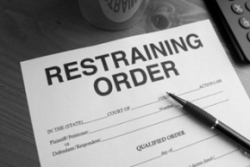Which Cities Have the Largest Sentencing Disparities?
For a generation, federal sentencing policy-makers have been preoccupied by the ideal of national uniformity — the ideal that federal judges in Milwaukee and Miami should sentence the same as federal judges in Michigan and Maine. I’m a long-time skeptic of this ideal; since most of the impact of most crime is local, why shouldn’t local needs and values determine the punishment? But even I am troubled by judge-to-judge disparities within a single federal courthouse. The random assignment of a case to one judge instead of another should not govern the punishment.
Although there has been a great deal of anecdotal evidence of such local disparity, it has been very hard to quantify because of a longstanding agreement between the U.S. Sentencing Commission and the federal judiciary that blocks the release of judge-specific setencing data. However, thanks to a great deal of painstaking effort by the Transactional Records Access Clearinghouse, it is now possible to analyze the sentencing practices of individual judges.
Earlier this year, TRAC made waves with a public announcement of which districts had the greatest inter-judge disparity. However, TRAC’s methodology was sharply criticized, and with good reason. More recently, TRAC published a new and improved version of its report at 25 Fed. Sent. Rep. 6 (2012).
So, which cities have the greatest disparities?


